When it comes to winter lawn care there’s generally not much to do.
If you prepared your lawn in the autumn for the stresses of colder months then you should be able to spend most of the time tucked up nice and warm indoors without any worry.
However, that’s not to say it stops completely.
There are a few things you can do to keep your lawn in the best condition possible throughout the colder months.
The jobs you do and when you do them will depend on several things; like the weather and also how your lawn care discipline was during the spring, summer and autumn.
When Should I Start My Winter Jobs?
December generally marks the start for the winter lawn care season.
However, chances are you’ll have already started some of the jobs. Like clearing leaves from your garden in October and November when they started falling.
For the most part, this time of year is about letting your lawns rest and doing the odd bit of maintenance only when it needs doing.
As usual, the weather will play a big part in what needs doing and when.
Lawn Care Jobs For Winter
Maintaining your lawn through winter isn’t very intensive.
Here’s what you need to do to keep it healthy;
Rest Your Lawn, For the Most Part
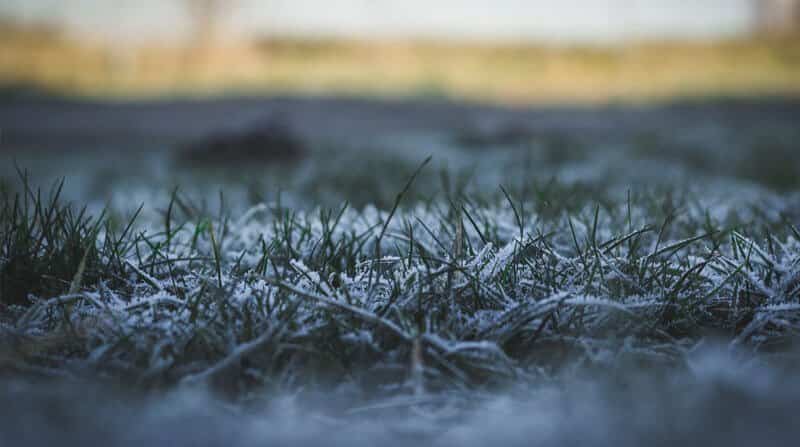
As much as you can, stay off your lawn, especially when it’s frosty.
Walking on it when it’s frosty or overly wet can damage the grass when it’s unable to regrow and repair itself. This can leave it susceptible to diseases like Fusarium Patch and Snow Mould.
Also, if the snow comes, build your snowmen on patios or hard ground. Snowmen can take a long time to defrost and melt away which can also cause disease.
If and when you do need to do the odd jobs, wait for dry days when it’s not too cold and the ground isn’t too wet.
Clear Up Any Leaves And Debris
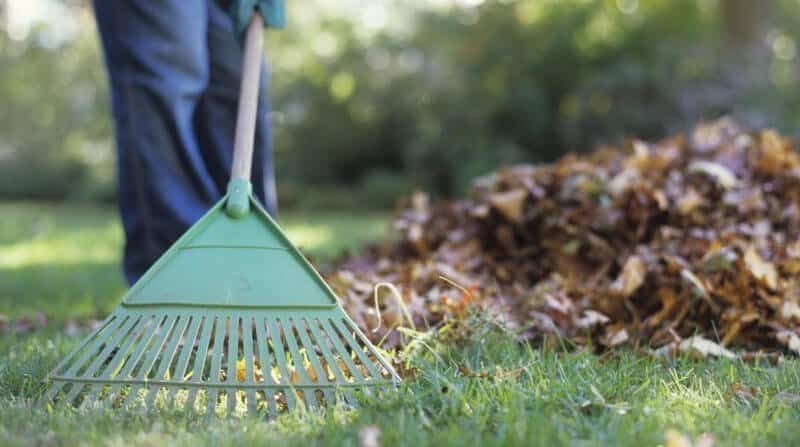
This is probably the most important job for this time of year.
It’s also the most intensive.
As often as you can, clear up any leaves and other debris.
Leaves trap moisture on the surface which can lead to fungal infections. They can also cause a spike in worm activity as they move onto the surface of your lawn to feed on them, leaving their worm casts behind.
Remove them with a rake or garden vac. ou can also use a rotary mower to suck them up.
Deal With Worm Casts
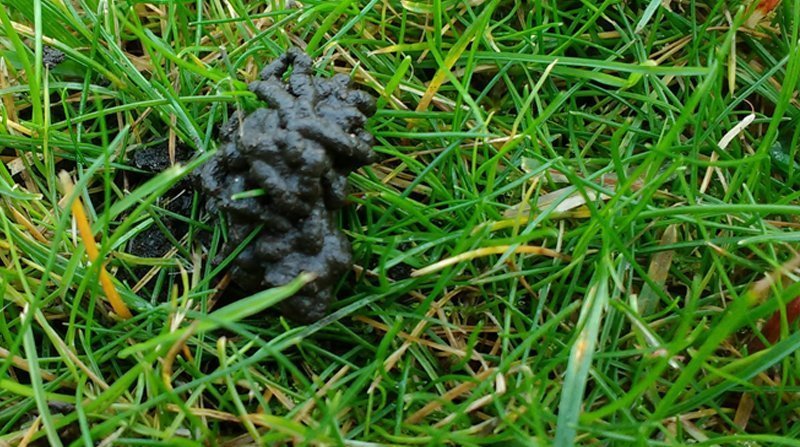
As I said, leaves and other organic debris can lead to an increase in worm activity and you’ll see their slimy casts left on the surface of your lawn.
They might look unsightly but they’re packed full of nutrients.
That said, the only real way of dealing with worm casts effectively is to wait until they’re dry and brush them back into the surface with a yard brush.
Also Read:
Mow the Grass, If Needed

Many people frown on cutting grass in winter.
However, grass will grow (albeit very slowly) as long as the temperatures are above 5 degrees Celcius.
In milder winters, you might want to give their lawn a topping with the mower.
When I say ‘a topping’ I mean no more than a centimetre to level the grass and tidy it up. You should keep the grass on the high side.
Be warned though, DO NOT mow the lawn when it’s frosty or when frost is forecast.
Only do it if it’s mild.
Also, take advantage of the fact that mower shops are quiet at this time of year. Get them to service your mower now and you won’t have to queue in the spring.
Once the spring rolls around they’ll be busy servicing everyone else’s mowers.
If Needed, Aerate
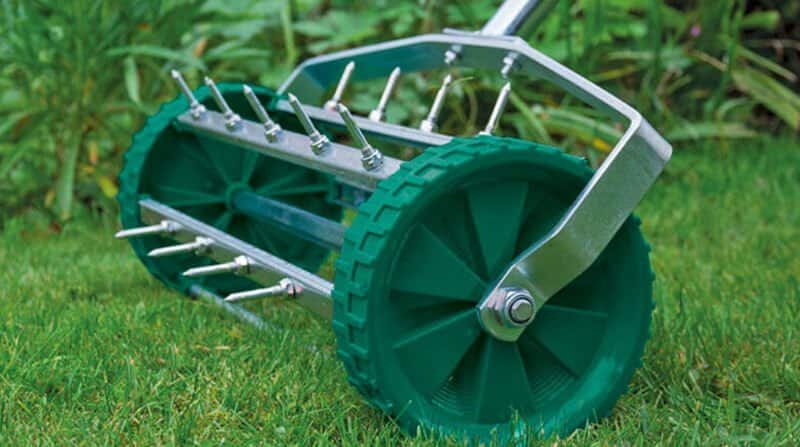
If you aerated in the in autumn, you shouldn’t need to do it again.
That said, if you have a north-facing lawn that doesn’t get much sun during the day, or if your soil is heavy clay, it’s a good idea to spike it to improve drainage and give any surface moisture somewhere to go.
You really can’t spike your lawn too much.
That said, only do it when it’s mild. Don’t do it when it’s frosty.
Apply a Winter Feed
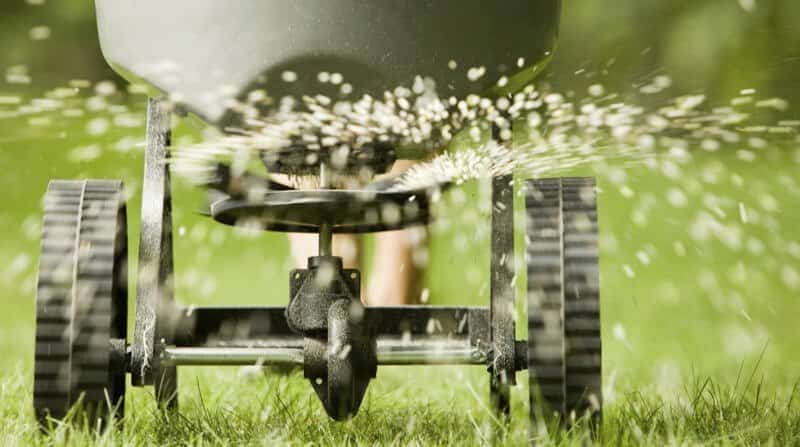
It’s always a good idea to apply a winter lawn feed. Or a dose or two of Iron Sulphate.
This does three things;
- It gives the grass a nice boost of green when the rest of the garden is lacking in colour and vibrancy.
- It hardens the turf against the cold.
- The high iron content keeps any moss at bay and prevents it from spreading.
A dose in the middle of December and another one at the beginning of February should be plenty.
Also Read:
In Conclusion
As I’ve said, when it comes to winter lawn maintenance, there isn’t really much to do. It’s not a demanding time of year.
But if you keep on top of these jobs, your spring lawn care program will be much easier.
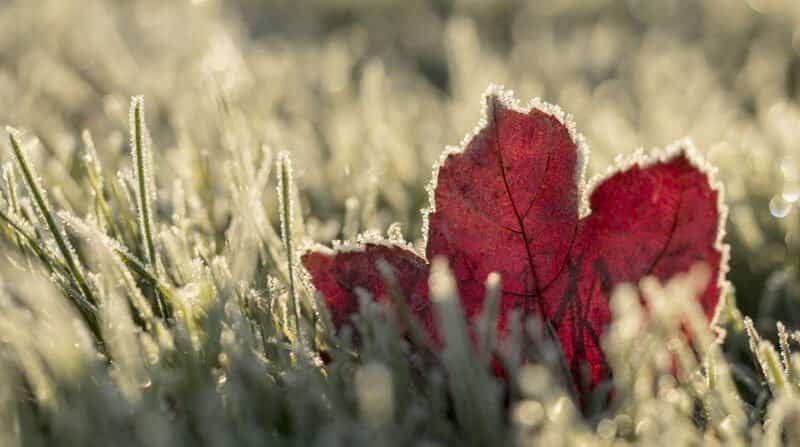

Thank you so much!
Very helpful & informative information… ‘what to do when’, what products & when…so easy to understand & easy to follow throughout the calendar!
Excited to make some helpful changes now that I have this info & excited to see the difference it makes in my lawn!
‘Wanna be gardner’, Ele